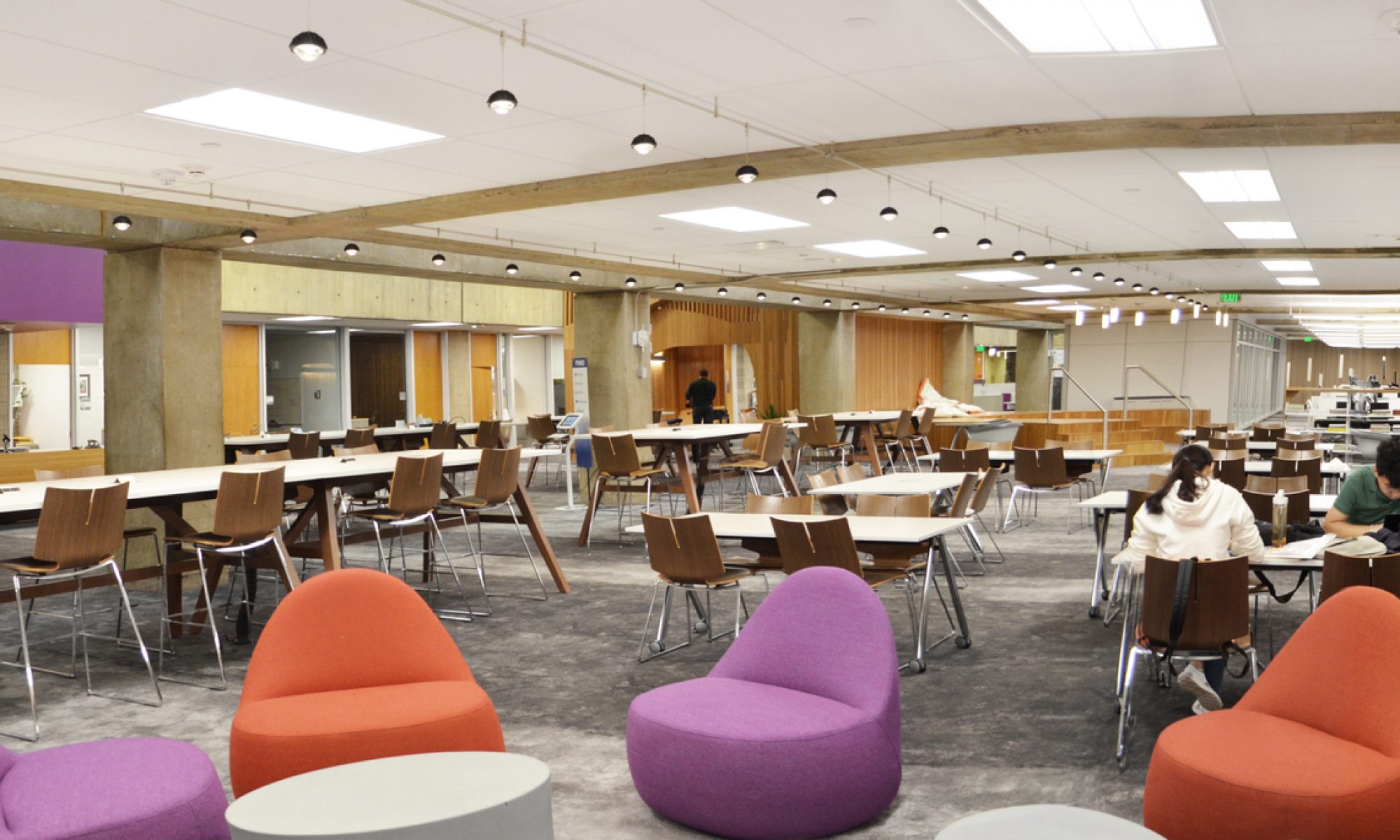What did you personally accomplish this week on the project?
This week, I finished the deployment of the backend server. Now, the backend server is able to handle post requests of create_hub, create_seats, update_seats, delete_hub, delete_seats and the important get request of get_free_seats from the public endpoint of:
https://freeseats-a3.herokuapp.com/
I used Heroku, due to low-costs (free), and focus on deployment of an MVP. However, Heroku has capabilities to handle large load, which will be important if we wanted to scale our project.
This is for use of the data hub component. For integration, I wrote a quick API docs for use of the backend API: https://github.com/FreeSeats-Team/freeseats/blob/web-deploy/web_app/README.md
I made a frontend that is a basic skeleton to simply display data in a list form with elements:
Data_Hub_ID: #_of_free_seats
This will be extended upon to include location and aesthetics.
Is your progress on schedule or behind?
I am on schedule with my parts and feel confident moving forward, for our demo. I expect that as we move further into the implementation part, we will have a lot more roadblocks, so I will be working hard in the weeks to come.
What deliverables do you hope to complete in the next week?
This week, my task it to work on the web application frontend and polish out the backend if issues arise. For the demo, I hope to have MVP functionality of the frontend with backend integration with the hardware components. After the demo, I will polish out the frontend’s aesthetics and add more robust database entries (with locations, etc.). I can’t wait! 😁
